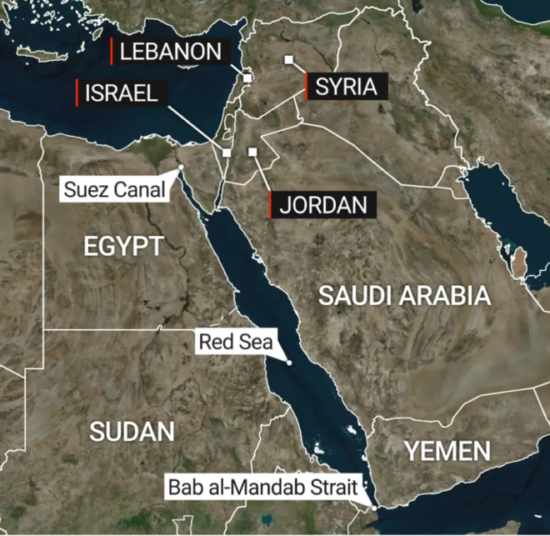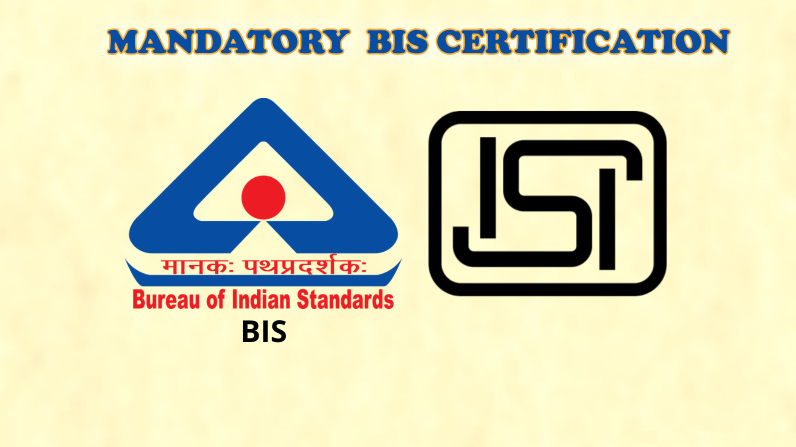
Ocean freight 10% costlier on Red Sea Disruption
- January 4, 2024
- 0
Indian shippers are bracing for rising costs and increased vigilance as geopolitical conflicts have prompted an increasing number of shipping lines to avoid the Red Sea. Iran-aligned Yemeni Houthi militant group launched a drone attack on a cargo vessel in the area, the latest in a series of such strikes in response to Israel’s assault on the Gaza Strip.
About 12 per cent of world’s shipping traffic transits via the Suez Canal, the shortest shipping route between Europe and Asia.
All ships transiting the Suez Canal have to sail through the Red Sea and the Gulf of Aden. If attacks escalate, there is a risk the Suez Canal may be closed.
Most of the ships transiting the Suez Canal carry goods destined for Europe or the US, while good trade between Asia and Europe moves through the canal.
As this is an arterial route, the attacks pose a clear threat leading to disruption in the global supply chains once again. The world is just about recovering from a series of disruptive events, including the pandemic-inflicted lockdowns, the Russia-Ukraine war, followed by the Gaza conflict.
According to industry estimates, ocean freight rates are up about 10 per cent as compared with last month.
According to trade associations, there may not be an immediate impact, since ships would have exited that route. Going ahead, however, there may be a ‘temporary disruption’ due to additional voyage time as ships will have to take the longer route via the Cape of Good Hope.
India uses the Red Sea route to send shipments to some parts of Asia, Such as Egypt as well as Northern Europe, to countries such as the Netherlands that may get impacted to some extent.































































